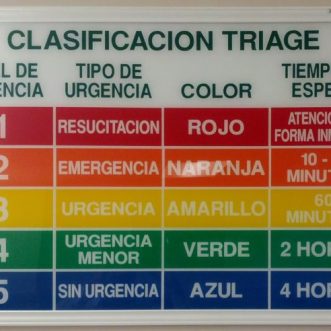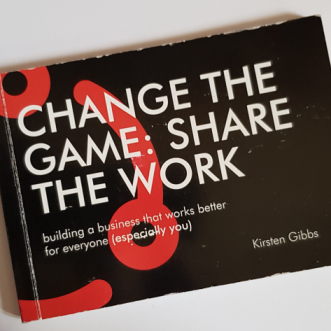
Cheap Labour
Over the last 4 decades I’ve visited quite a few cotton mills that have been preserved as museums. The thing that always struck me was how old the machinery was. Often it had been in place for 90 -100 years. Had nobody invented better machines during that time?
Yes they had. But if you can find cheaper labour to mind your old machines, you can get away without upgrading them. And that had worked for a good while on our textile industry. But sooner or later a more efficient business (or one with access to even cheaper labour) will take you out.
In a service industry value is generated by people rather than machines. If you’re in it for the long term, its going to pay to invest in them, to support them with more efficient tools and processes, to upgrade, re-equip and refresh the source of your profits.
Or are you planning to keep the same ones for 100 years?








